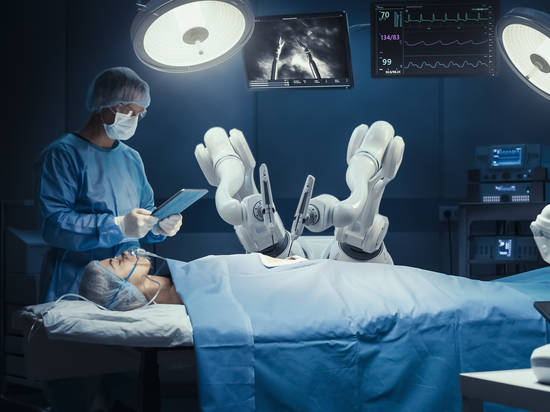
#Product Trends
How to Improve Hospital Safety with Workstations on Wheels
How Medical Carts are Improving Patient Safety
Safety is always a concern in hospitals and medical facilities, especially when things get busy. A single missed detail, such as a loose cable or frayed wire, can result in disaster… which no healthcare organization can afford. Mindfulness and a keen eye for prevention can stop such problems before they start.
Workstations on wheels are an integral part of modern hospitals: mobile carts allowing doctors and nurses to bring computers and other equipment with them wherever they need to go. They can also be a big potential cause of hazards in a hospital workspace, especially since they’re often parked in high traffic areas such as hallways. But with foresight and planning, workstations on wheels can actually help improve hospital safety.
Safer Batteries Mean Less Risk of Fire
The FDA has recently posted a number of reports concerning medical cart batteries malfunctioning, catching fire or even exploding. Such fires can be extremely hazardous because they’re very difficult to put out. With older batteries kept in use long after they should be recycled and newer ones pushed past their capacity like so
many other pieces of equipment, it’s not hard to see the danger.
There’s a safer way to provide power for your medical carts. A non-powered system can be paired with a computer that relies on hot swappable batteries, which can be switched out for fresh ones when they run out of power without having to turn the computer off. That lets you run the computer 24/7 without having to plug it in to charge it. It also makes the cart lightweight and easier to maneuver, as well as allowing you to discard older batteries while still keeping the system up and running: preventing you from having to use older batteries that might not be safe.
Workstations on Wheels Reduce Cable Clutter
Clutter – especially clutter in the vicinity of a computer – can be trouble because of excessive cables, which can create tripping hazards and which are easy to overlook in the midst of a busy workplace. Cable sleeving is one option, but there are more effective ways to cut down on the number for cables you use… and medical carts can help.
All-in-one computers can be equipped with items like integrated fingerprint scanners and RFID readers, which reduces the number of cables you need to run the system. Mounting them onto a medical cart can do even more: allowing you to route the cables through the cart’s cable management panels and keeping them off the floor.
Medical Carts Can Even Prevent the Spread of Germs
A surprising number of people can access a computer during a given hospital shift, and each patient visited increases the risk of transmitting germs. This is especially true of computers on medical carts, which are often carried from patient to patient, and whose casing can silently carry bacteria along with it.
The solution is to look for computers for your workstations on wheels that resist and prevent the spread of germs. That means IP65 certification, which means the computer is protected from water and dust incursion, and can thus be disinfected without risking damage to the system. Furthermore, computers with antimicrobial housings keep germs at bay as a matter of course, helping to keep your workspace hygienic.




